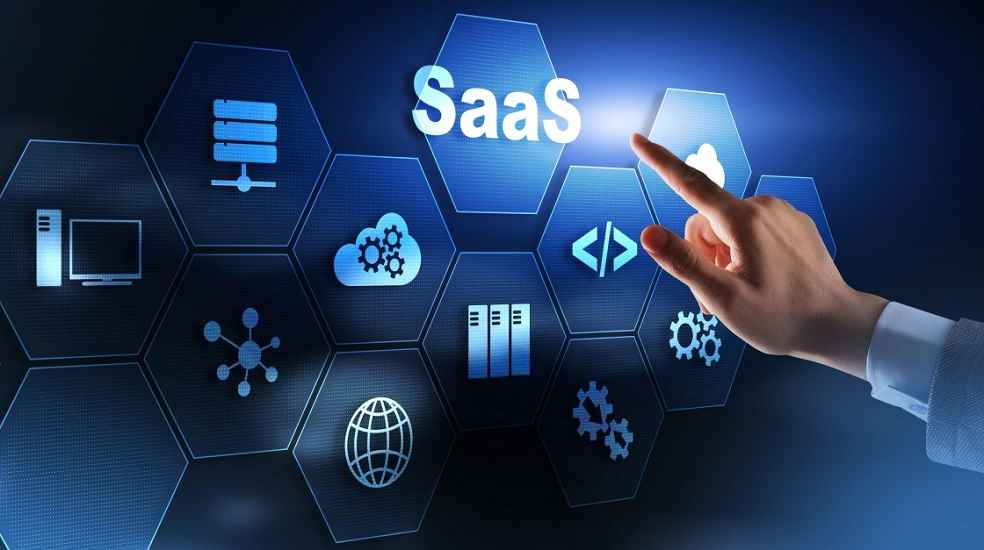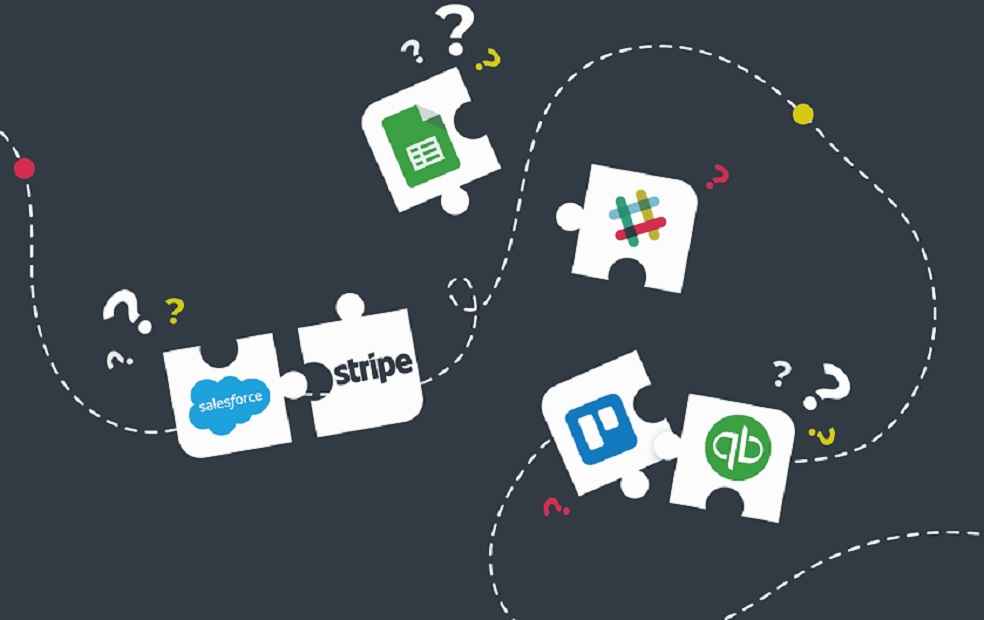The E-Commerce Boom and 3PL Innovation
The explosive growth of e-commerce has increased demand for third-party logistics (3PL) companies that specialize in managing e-commerce logistics. To remain competitive, these businesses must adopt the latest e-commerce and SaaS logistics technologies, which streamline operations and improve customer satisfaction.
Trending E-Commerce Technologies

>Artificial Intelligence (AI): Companies are increasingly using AI to personalize shopping experiences, provide tailored product recommendations, and automate tasks such as customer support.
>Augmented Reality (AR): This technology enables customers to virtually try on items before purchasing, revolutionizing the shopping experience, particularly in the fashion and cosmetics industries.
>Voice-Activated Shopping: As smart speakers like Amazon Echo and Google Home gain popularity, more people are using voice commands to make purchases, a trend expected to grow in the coming years.
SaaS Logistics: The New Era of 3PL Industry

SaaS logistics is transforming the 3PL industry, providing the tools necessary to increase productivity, simplify processes, and enhance customer satisfaction. Key benefits of SaaS logistics include:
>Seamless Integration: Businesses can develop fully automated logistics systems that manage everything from order management to shipping and delivery, thanks to the ability of SaaS logistics to interface with other systems.
>Scalability: SaaS logistics offers companies the ability to rapidly expand their operations as needed.
>Centralized Communication: A unified platform enables logistics teams to stay connected and updated, improving coordination, communication, and productivity.
Data Analytics: Enhancing Reliability and Efficiency
Businesses are increasingly using data analytics to gain insights into their operations and identify areas for improvement. Data analytics applications include:
>Inventory Control: By analyzing historical sales and demand data, businesses can forecast future demand, adjust inventory levels, and avoid stockouts and overstocks.
>Shipping and Delivery: Analyzing shipping routes and delivery times can help companies identify opportunities to improve efficiency and reduce costs. Technologies such as drones and autonomous vehicles are being used to optimize last-mile delivery.
The Future of Logistics: Technology and SaaS Integration

The rapid development of the e-commerce industry puts pressure on logistics providers to deliver faster, more reliable, and sustainable solutions. Technological advancements can help by automating repetitive tasks and allowing human employees to focus on tasks requiring human intellect. Examples include:
>Robotic Warehouses: Performing tasks such as labeling and packaging, with human employees managing the robots, increases productivity, reduces costs, and minimizes risks associated with human-machine interaction.
>AI-Powered SaaS Logistics: Cloud-based solutions offer greater scalability and flexibility than traditional logistics software, providing real-time visibility into inventory levels, shipment status, and delivery schedules. This reduces the need for human intervention and ensures accurate, up-to-date information for clients.
As the e-commerce industry continues to grow, businesses must invest in technologies such as AI, AR, SaaS logistics, and data analytics to remain competitive. The potential of these technologies is vast, and their evolution will undoubtedly shape the future of logistics and e-commerce.
GLOBAL ROUNDUP: Taiwan Trade Chief Advocates for US Expansion Amid China Tensions



